What is a Ball Mill and How Does It Work?
3888Get an understanding of what a ball mill is, its fundamental components, and the detailed mechanism behind its efficient grinding process for various materials.
View detailsSearch the whole station Crushing Equipment
Designing a basalt crushing plant requires a specialized approach. Basalt is a hard, fine-grained, and highly abrasive rock. A standard stone crushing plant configuration will result in excessive wear, high operating costs, and significant downtime. This guide provides a technical plan covering the correct equipment configuration, process flow, and a realistic analysis of the crushing plant price for profitable basalt processing.

My experience shows that success in basalt crushing comes from using compression-based crushing methods and selecting equipment with superior wear resistance. This is not about brute force; it is about using the right technology to manage attrition and minimize the cost per ton. This guide will outline that technology.
Basalt’s high hardness (5-9 on the Mohs scale) and high silica content make it extremely abrasive. When selecting equipment for hard rock crushing, wear resistance is not just a feature; it is the most important factor determining your plant’s profitability.
Using the wrong equipment, such as a primary Impact Crusher, will lead to disastrous results. The high-speed impact action will pulverize the blow bars, leading to replacement cycles measured in weeks or even days, not months. This translates directly to:
Therefore, the entire plant configuration for basalt must be based on a principle of compression crushing, which minimizes friction and abrasive wear.
A well-designed basalt crushing plant uses a multi-stage process to gradually reduce the rock size. The optimal process flow prioritizes compression over impact.
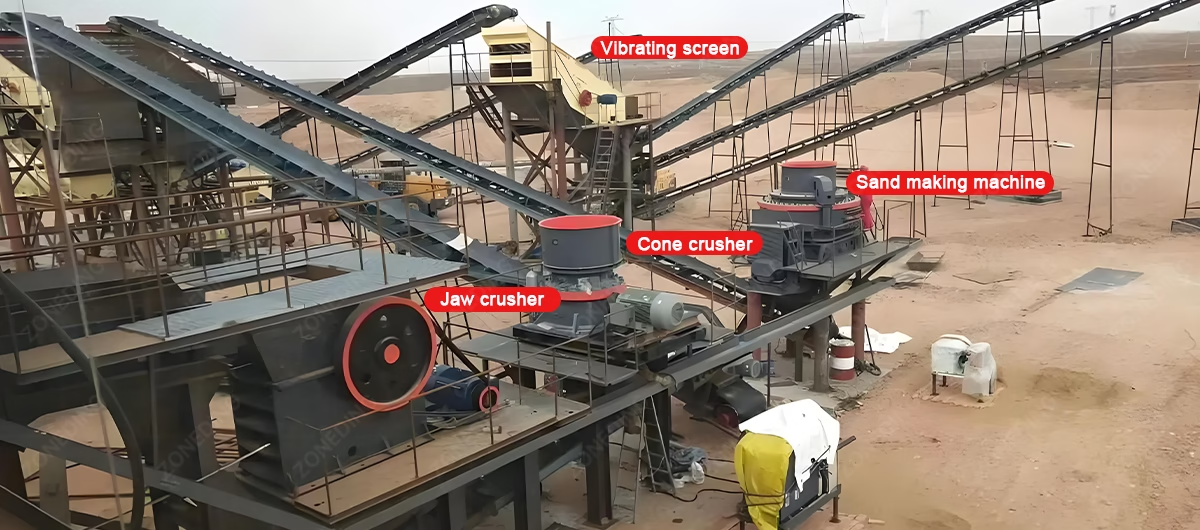
The specific models and sizes of the equipment in your basalt crushing plant depend on three factors: maximum feed size, required hourly output (e.g., 200 TPH), and the desired final product sizes (e.g., 0-5mm, 5-10mm, 10-20mm).
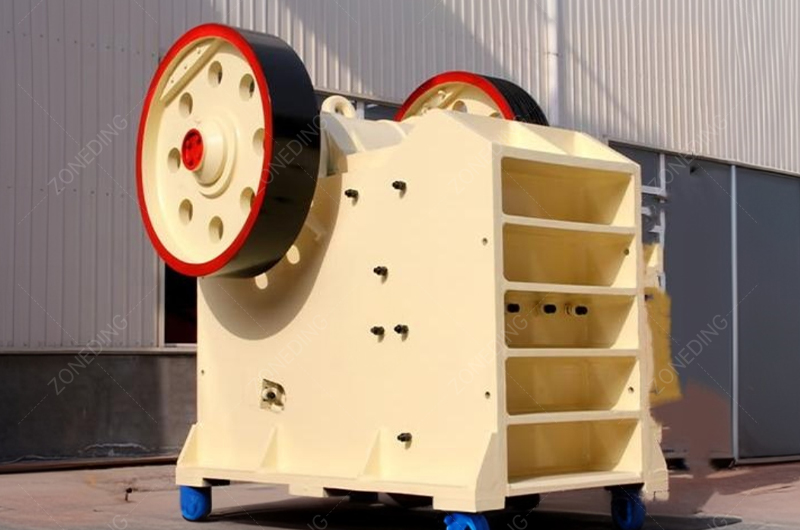
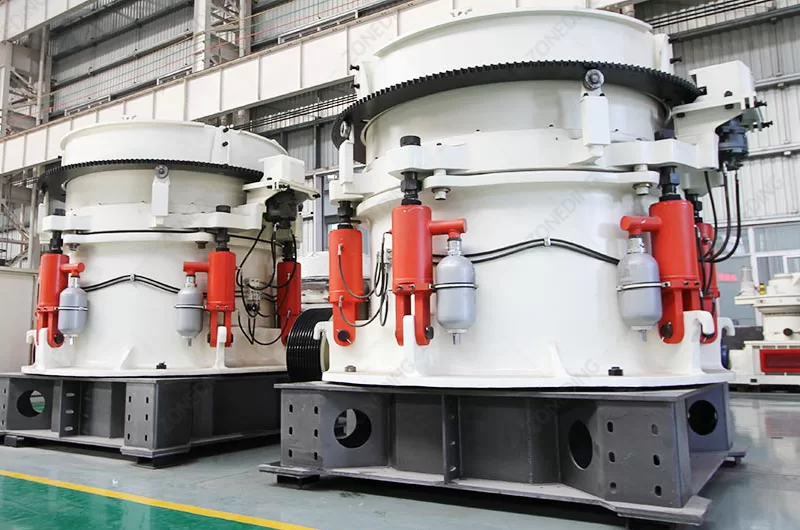
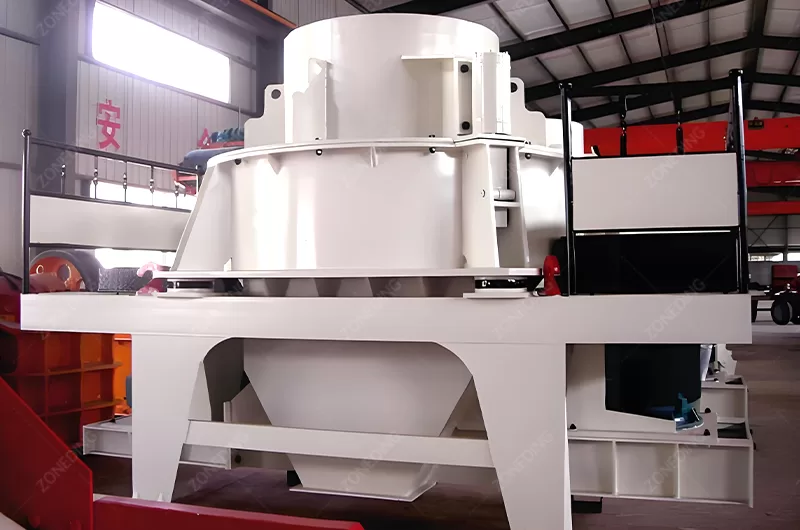
| Plant Capacity | Primary Crusher | Secondary Crusher | Final Shaping (Optional) | Final Screening |
|---|---|---|---|---|
| 50-100 TPH | PE-600×900 Jaw Crusher | HPY200 Cone Crusher | VSI-7611 Sand Maker | 3YK1854 Vibrating Screen |
| 150-250 TPH | PE-900×1200 Jaw Crusher | HPY300 Cone Crusher | VSI-9526 Sand Maker | 4YK2460 Vibrating Screen |
| 300-500 TPH | PE-1200×1500 Jaw Crusher | HPY500 Cone Crusher | VSI-1140 Sand Maker | 2 sets of 4YK3070 Screens |
This table provides a general framework. The exact model selection requires a detailed analysis of your specific rock properties and project requirements. For example, if your final product specification demands a highly cubical shape for premium asphalt aggregate, the VSI sand making machine becomes a mandatory part of the configuration, not an optional one.
The investment cost for a complete basalt crushing plant varies significantly based on equipment quality, origin, and level of automation. The following estimates are for a 200 TPH plant and cover the core machinery (crushers, screens, feeders, conveyors) and basic electricals. They do not include civil works, land, generators, or installation fees.
The machinery typically accounts for about 60% of the total project setup cost.
The key to profitability in basalt crushing is minimizing the cost per ton. This is achieved by focusing on long-term efficiency, not just the initial purchase price.
The choice between a mobile crushing station and a stationary plant depends on your business model.
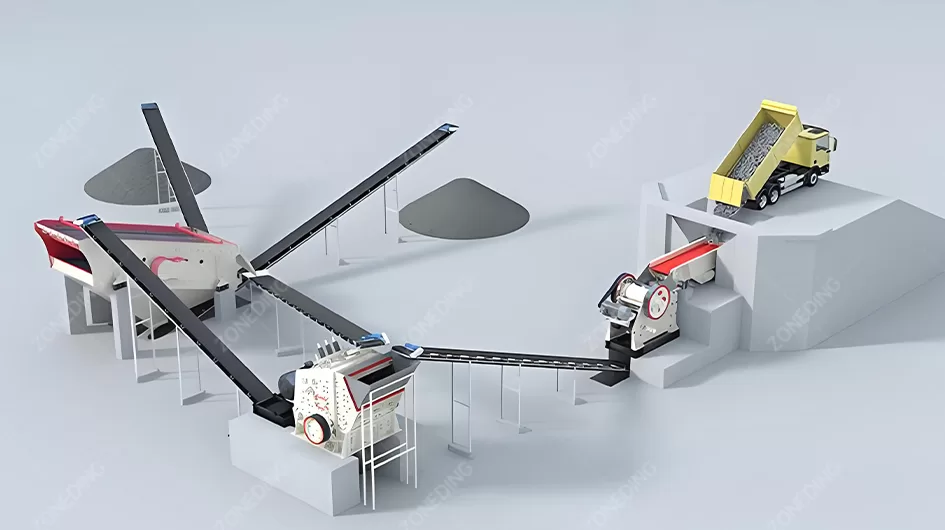
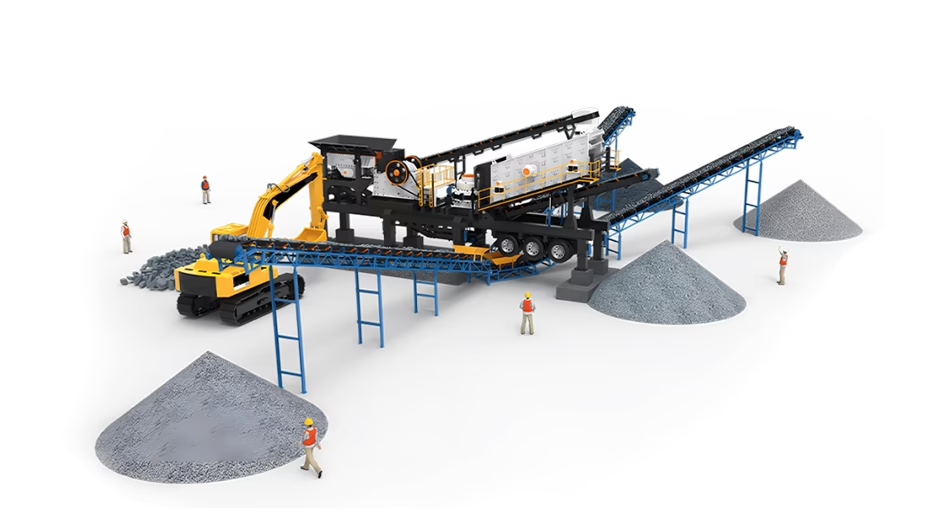
For large-scale, continuous production of construction aggregate from a single basalt quarry, a stationary plant is almost always the more profitable long-term solution.
A successful basalt crushing plant is not an off-the-shelf product. It must be engineered based on the specific characteristics of your rock and your business goals.
To provide you with an accurate design and a detailed equipment quotation, we need the following information:
With this data, our engineers can design a balanced and efficient process flow tailored to your project.
Since 2004, ZONEDING has been a professional manufacturer of Crushing Equipment. We specialize in designing and supplying complete, customized stone crushing plants for a wide range of materials, including hard and abrasive rocks like basalt. Our factory-direct sales model, combined with our experienced engineering team, allows us to provide high-performance solutions at a competitive price. We have delivered reliable crushing plants to clients in over 120 countries.
Contact us today to discuss your basalt project. We will provide a professional, data-driven plant design and a detailed quotation to help you build a profitable operation.
Get an understanding of what a ball mill is, its fundamental components, and the detailed mechanism behind its efficient grinding process for various materials.
View detailsLearn correctly select stone crushers for primary, secondary, tertiary stages. Understand jaw, cone, impact, and VSI crushers for optimal aggregate production.
View detailsLearn how magnetic separation uses magnetism and froth flotation uses surface chemistry, plus see their key applications.
View detailsChoosing your fluorite processing equipment? Discover critical factors like ore characteristics, capacity needs, and cost-efficiency to select the best machine.
View detailsWe use cookies to ensure that we give you the best experience on our website. If you continue to use this site we will assume that you are happy with it.
Privacy Policy